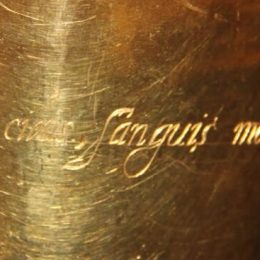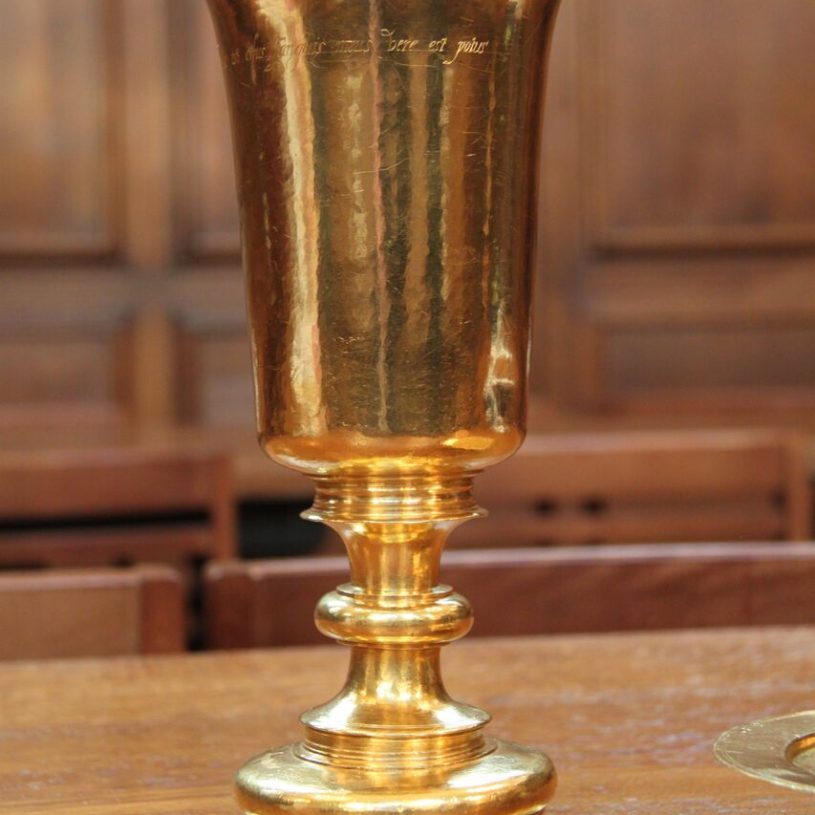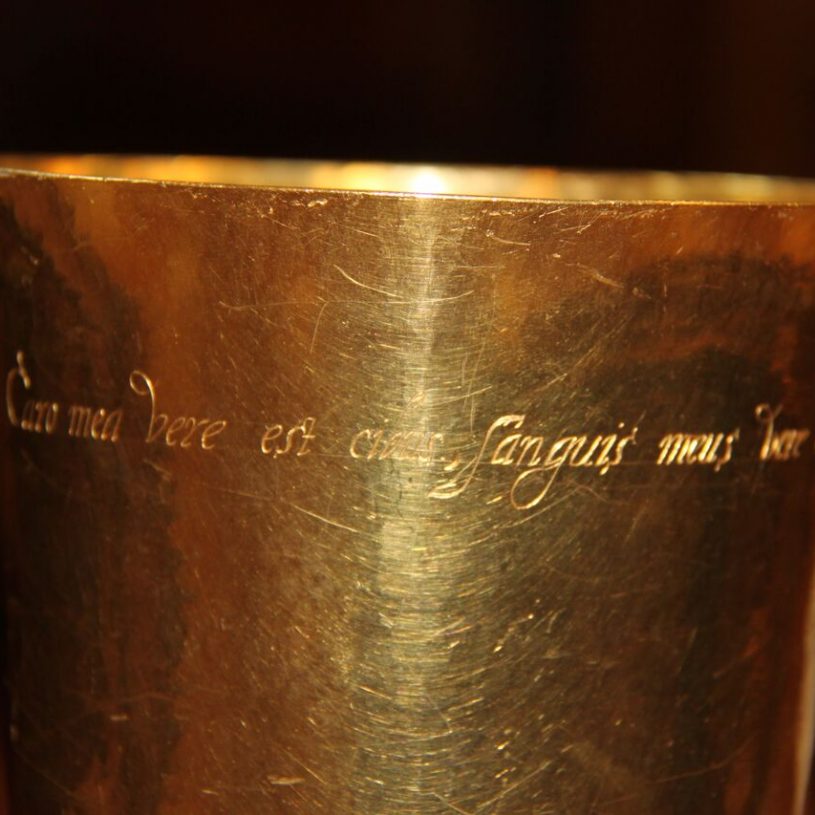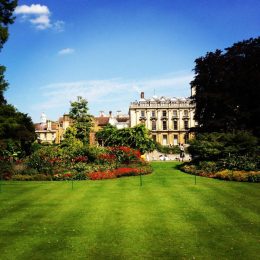Exploring the world of art, history, science and literature. Through Religion

Welcome to TreasureQuest!
Look through the treasures and answer the questions. You’ll collect jewels and for each level reached, earn certificates.
How far will you go?
You need an adult’s permission to join. Or play the game without joining, but you’ll not be able to save your progress.
The Butler Chalice is the only example of this kind of object in gold from the period before the English Civil War.






Are there links to current religious practices or a modern equivalent?
The Butler Chalice is used on special occasions in Clare College’s Chapel for Holy Communion. Chalices are still used in the celebration of Holy Communion today but normally they are only made of silver.

Where is it from, where is it now?

Websites
The National Archives
A collection of information on the Civil War.
BBC Religion
More information on The Eucharist, which is also called the Holy Communion, Mass, the Lord’s Supper or the Divine Liturgy, which is a sacrament accepted by almost all Christians.










 Faculty of Divinity
Faculty of Divinity